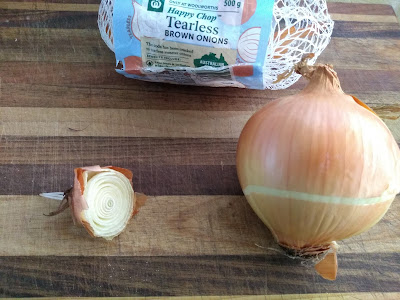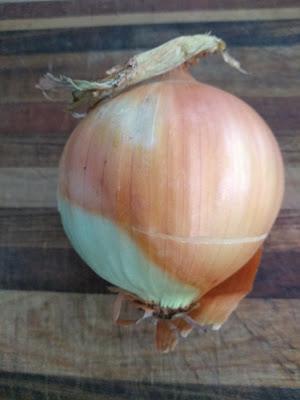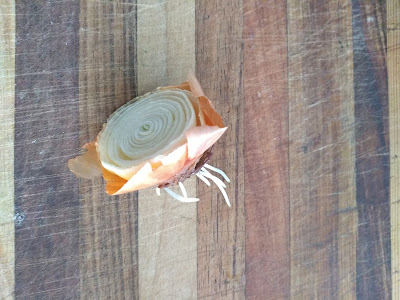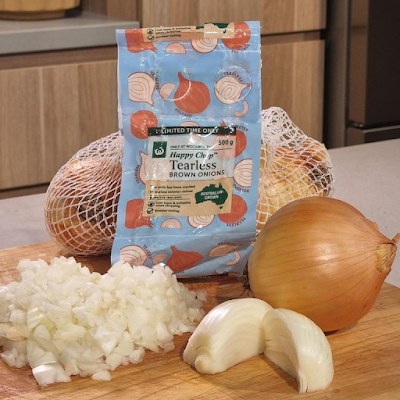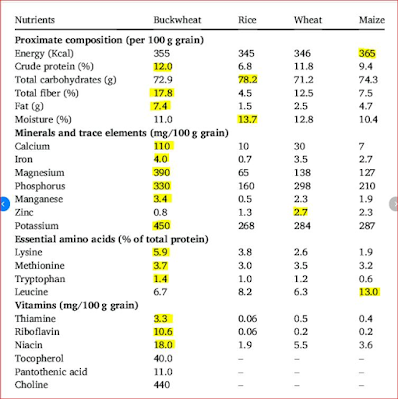I have trouble growing spinach over summer, and I'm not great with lettuce, so trialed a few leafy vegetables that may be able to replace them. It is currently winter here, which is not the greatest time to grow much, but it is the only time that there is space in the vegetable garden, so winter is when I ran my little trial.
While most are very common, I have not grown a lot of these vegetables before, so this comparison was a lot of fun. I will need to set aside some space to grow these in the summer garden, and see how they hold up to the heat as well as see how they cope with cabbage white butterflies. They all survived frosts and temperatures down to -8C with no observable damage.
These seeds were all planted in the garden on 09/04/2023, two months later (11/06/2023) I took the comparison picture below.
From left to right: Spinach, Yakuna savoy, Senposai, Tokyo Bekana, Hon Tsai Tai, Bok Choy
 |
| Various leaf vegetables, seed planted on the same day |
In August, four months after planting the seeds, I took the comparison photo below. All of the plants other than spinach are flowering. Some leaves on each plant are far larger than the ones in the photo, while others are smaller, I tried to pick an average sized leaf from each variety. The senposai for example has several massive leaves per plant, a bunch of leaves similar to the photo, and a few smaller leaves.
 |
| Comparison after four months of growth |
I grew spinach partly to act as something to compare the other leaves against, and partly because it only seems to do well here over the cooler months.
I will ty to briefly compare these, going from left to right in the photo.
Spinach Oriental Summer Jade: inconsistent growth rates between individual plants, some plants were large while others were tiny. On average it seems to be a productive variety but takes up a fair amount of garden space. This spinach has arrow shaped leaves that from a distance look a lot like sorrel. Flat leaves don't trap dirt as much as regular crinkled spinach. This taste like regular spinach (ie it's nice enough) and is meant to hold up well to summer heat.
Yakuna savoy: this one took time to grow, and is growing far too slowly for my liking. The plants were still all tiny while all the other vegetables had become rather large. These are meant to be very resistant of extreme temperatures. I didn't like the taste, it is mildly spicy and I found it a bit too cabbagy/mustardy/something for my liking. It never got large as it bolted to flower as soon as the weather warmed. They may do better if planted earlier or growing in warmer weather.
Senposai: this is a cross between komatsuna and cabbage. Fast growing plants and can become rather large. These plants are vigorous growers, take up a lot of room, and produce a lot of food. I don't like this (or any cabbage) raw, but it makes a good cabbage substitute when cooked. I plan to keep growing this as it is one of my favourites.
Tokyo Bekana: this is an Asian cabbage that looks like lettuce. I had hoped it would taste more like lettuce than it does. In a mixed salad this would do ok, and it can be used any way a cabbage would be used. These fast growing plants are not slowed down by frosts and look really nice in the garden. They don't take much room to grow a lot of these. I plan to grow more of these.
Hon Tsai Tai: this is a flowering choy that is grown for broccoli like flower heads, and the leaves are usually only really used as a secondary crop which is a waste. The leaves taste almost sweet, and I prefer them to most of the others listed here. These grew very fast, and look a bit raggedy and messy in the garden. This one flowered through the depths of winter and was very pretty when in flower. I like how sweet these are, and plan to grow more.
Baby Bok Choy: this is one of the prettiest looking vegetables I have grown. These taste ok raw, and became sweet after hit by some frosts. These are good cooked and I am told they are great in fermented foods such as sauerkraut and kimchi. These grow very fast and I love how they look in the garden. These are compact and productive plants, a lot of plants can be grown in a very small area. I need to grow more bok choy. At this stage I'm not sure which variety is best for my needs. Perhaps one day I will grow out a bunch of types and see which I prefer.
 |
| Tokyo bekana and Senposai |
 |
| Bok Choy and Spinach |
All of the above leafy vegetables grew reasonably well over winter. All of them are meant to be very nutritious and all are far more nutritious than lettuce.
All of them would be great as green manure, and all of them are adored by chickens and are very nutritious, meaning if you don't get around to eating them or if you dislike their taste they would certainly not be wasted.
 |
| It didn't take long for them to grow large |
 |
| Not much space is wasted |
 |
| Leaf vegetable comparison |
All of them, other than senposai, are commonly available in Australia. They all grow easily from seed. All are simple enough to save seed from if you isolate them to prevent crossing. Or you could let them cross, and plant out mixed up seed.













